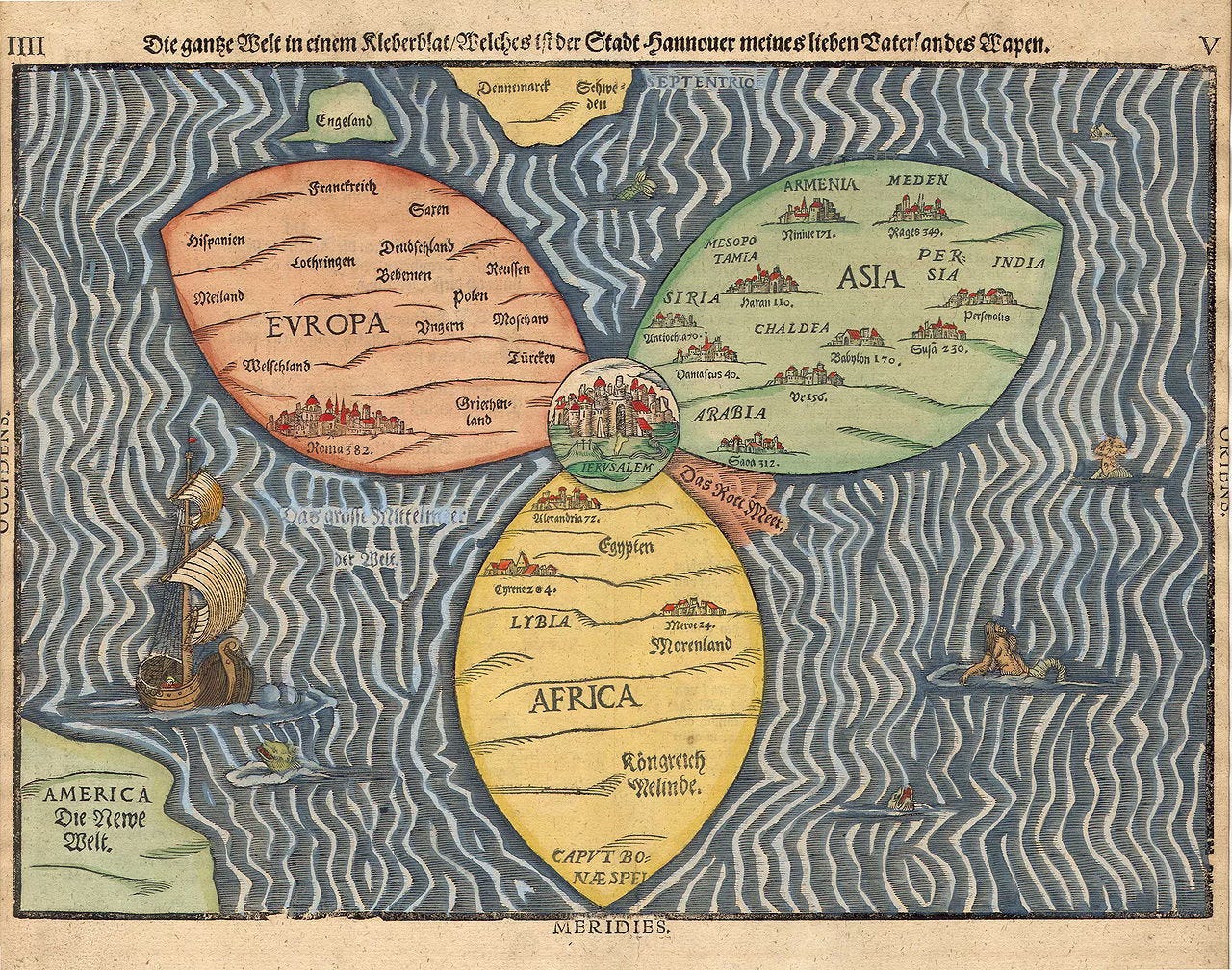In a previous study, we looked at Luke’s use of the language “to go up/ascend” and “to go down/descend.” We noted Luke used this language to describe peoples’ movements within the land of Israel, and this reflected the topographical movement within the land of Israel, whether going to or from Jerusalem for pilgrimage, to or from the Temple in Jerusalem, or simply journeying within the country. Luke presented an accurate description of the topographical realities of the land. His consistency of this small detail contradicts the common assumption by New Testament scholars that Luke did not know the geography of the land of Israel.
The discipline of historical geography is often overlooked and neglected in the field of New Testament studies. Continuing from our previous study, we will present a series of articles which outline how one should approach the study historical geography and incorporate it through specific examples within the New Testament.
One cannot adequately understand history without a sense of geography. Inasmuch as the study of the New Testament concerns itself with questions of a historical nature, geography should provide a key aspect of historical inquiry. Yet New Testament scholarship often overlooks the fundamental conjunction between geography and history. Geography within a text was not an invented, pseudo-reality. It was not Middle Earth, Narnia, or Westeros. The ancients were not modern geographers, and we cannot expect such precision, nor should we ascribe a lack of geographic precision to an ignorance of the land. The convergence of geography and history requires us, however, to define geography in terms of how the ancients understood it at a specific time, through the eyes of the ancient inhabitants.[1] This is key. It necessitates that we pay attention to the shifting historical and geo-political realities in the first century, especially within the land of Israel.[2]These influenced the presentations of the New Testament authors. To do this requires a multidisciplinary approach which considers the interaction between the spatial, historical, cultural, and spiritual dynamics of the ancient inhabitants, in addition to the physical geography.[3]
One cannot adequately understand history without a sense of geography.
Keep reading with a 7-day free trial
Subscribe to Biblical Nomad to keep reading this post and get 7 days of free access to the full post archives.

